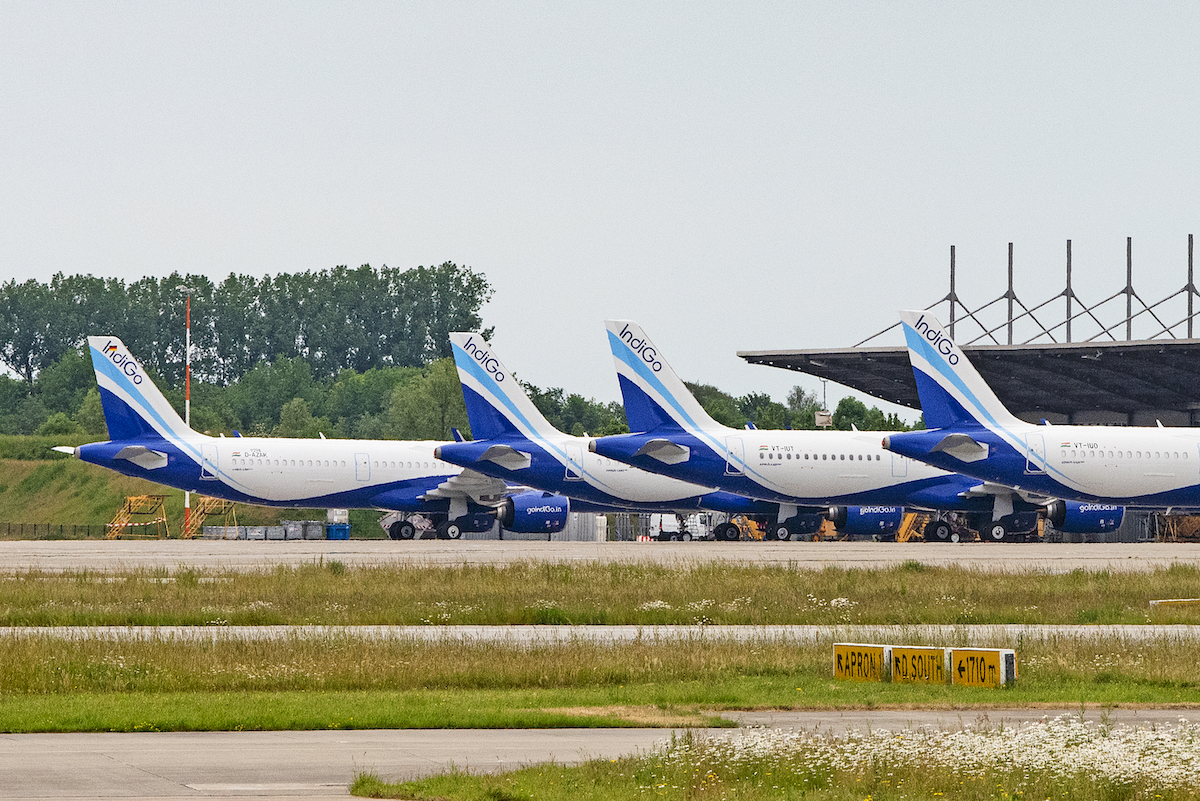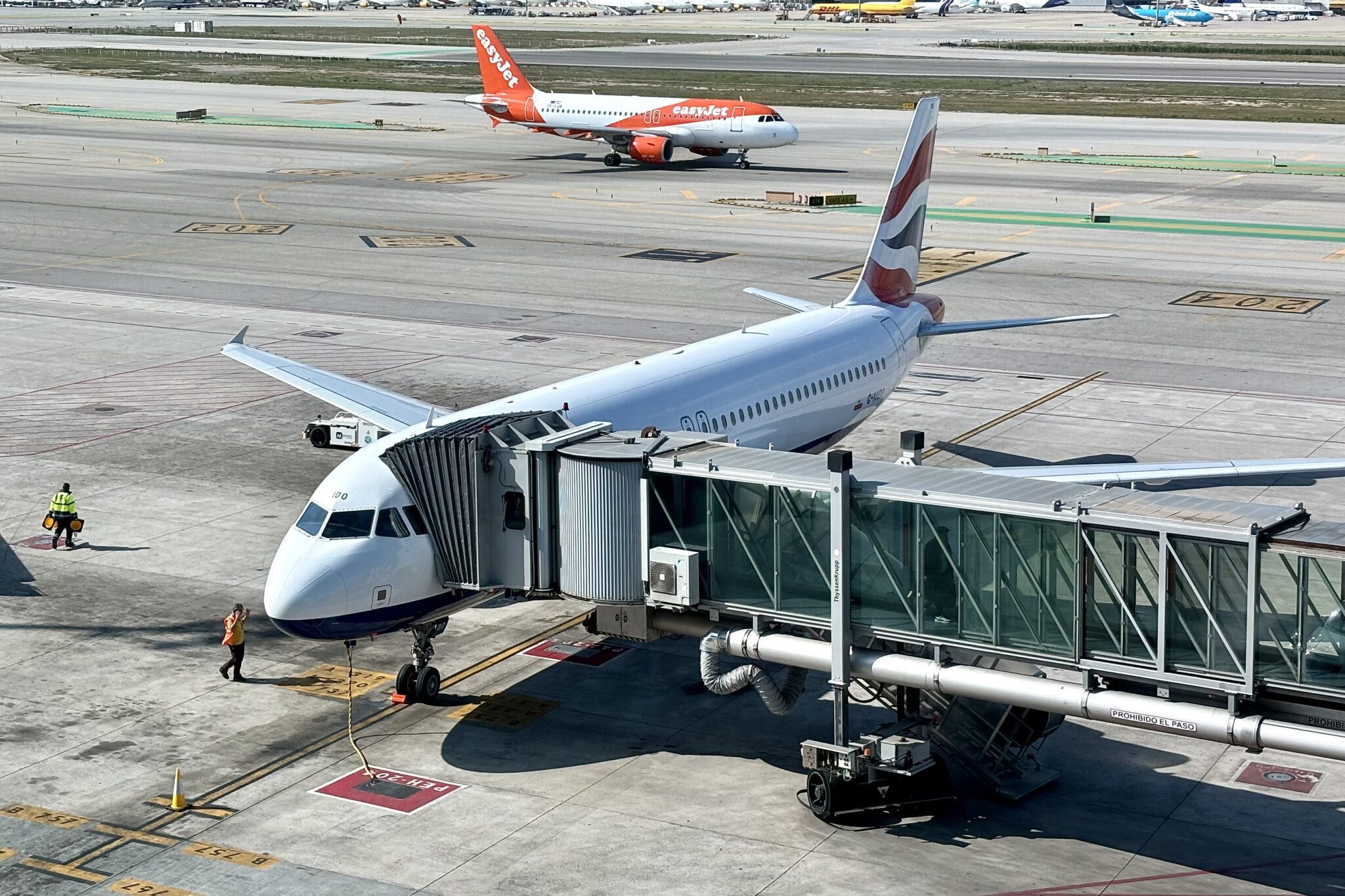Indian airlines are on an aircraft ordering spree. IndiGo, the country’s largest airline, picked up a cool 500 new Airbus A320neo family planes at the Paris Airshow Monday, just beating Air India’s landmark deal for 470 jets a few months ago.
“This order strongly reaffirms IndiGo’s belief in the growth of India,” IndiGo CEO Pieter Elbers said of the deal in a statement Monday. And that belief is solid: Indians still fly less than residents in many other countries, particularly developed ones, a fact that gives the airline industry confidence of significant air travel growth ahead. And with a population of 1.4 billion people, the potential opportunity is huge.
But with big opportunity also comes big risk. Numerous airlines have tried, and failed, to tap India’s market potential. They include Kingfisher, Jet Airways, and, most recently, GoFirst. Fuel taxes are high. And infrastructure constraints, particularly at airports, are a persistent challenge.
That is not stopping India’s two largest airlines, Tata Group-owned Air India and IndiGo. Both have big growth plans that include expanding air travel in India and putting Indian airlines on the global aviation map. And they each have their own unique constraints: Air India is a former state-owned, money-losing legacy carrier that must reinvent itself, while IndiGo is a low-cost carrier historically focused on India’s domestic market that seeks to become an international brand.
“We’re gonna double in size towards the end of the decade,” Elbers told Airline Weekly earlier in June. He referred to IndiGo’s pre-Paris orderbook that stood at 477 A320neos and A321neos at the end of May, Airbus’ Orders & Deliveries data show.
“The international market in India is largely underrated and underserved,” he continued. “We feel that we can do a wonderful job in India by IndiGo, whether you travel in the country, or to the country, or from the country, or via the country all of that will be served by us.”
International is where IndiGo is focusing its growth. Elbers outlined a three-pronged internationalization plan that includes new destinations abroad, partnerships and codeshares that extend IndiGo’s schedule into new markets, and the introduction of new, longer-range aircraft that can reach further into Africa, Asia, and Europe. The first piece of the plan is already underway: IndiGo will add Jakarta and Nairobi — its first African destination — to its map with flights from Mumbai by August; and Almaty, Baku, Tashkent, and Tbilisi flights from Delhi by September. The expansion, along with the resumption of Hong Kong flights in August, will see IndiGo serve more international destinations by the end of summer than it did before the pandemic.
IndiGo’s partnership with Turkish Airlines is leading the second pillar. As part of the pact, IndiGo has wet-leased two Boeing 777s from Turkish to fly between both Delhi and Mumbai and Istanbul, then codesharing with Turkish on onward connecting flights to Europe and the U.S. The partnership that launched earlier this year is “working very well,” with feedback so far “very good,” Elbers said.
More partnerships where IndiGo puts its “6E” code on flights operated by other airlines are likely coming, Elbers added. The carrier already counts the likes of American Airlines, KLM, Qantas, and Qatar Airways among partners that feed travelers onto IndiGo’s domestic flights.
And as for fleet, the A321XLR will make IndiGo nonstops from Delhi or Mumbai possible to destinations like Seoul, Rome, and Tel Aviv, Elbers said. The first aircraft are expected in late 2024 or in 2025, and the onboard configuration of those planes has yet to be set. He declined to comment on reports that the airline is considering an order for up to 25 widebody aircraft that could make intercontinental flights possible.
IndiGo’s international expansion is not to say it is leaving the competitive domestic Indian market behind. The airline plans to continue growing in the country’s smaller metropolitan areas, for example Ahmedabad, Chandigarh, Jaipur, and Pune. These are places that have less depth of airline service than major cities.
“This all leads to India by IndiGo,” Elbers said, touting the airline’s tagline.
And more planes — a lot more planes, that is — make all of this even more possible. The aircraft in IndiGo’s Paris order do not begin arriving until 2030, at which time the airline aims to be double the size it is today with a little over 300 planes. Some of the new order will undoubtedly be used for replacement; a review of IndiGo’s past fleet on FlightRadar24 shows many — but not all — planes being retired after just 10-12 years. But given the sheer size of the order, even if half of the aircraft are used for replacement that would still leave 250 planes worth of growth.
One of the biggest concerns is just whether the Indian market can support all of the new airline capacity. Aviation advisors IBA highlighted this in a comment on IndiGo’s order that, when coupled with the Air India deal earlier this year, questions “arise whether the Indian market can accommodate this number of aircraft.” IBA estimates the Indian air travel market will grow by roughly 9 percent annually over the next decade but much of that will be dependent on both airlines’ ability to grow profitably and the government’s expansion of India’s aviation infrastructure. The track record here isn’t great, with even IndiGo in the red during its last four fiscal years (it posted a March quarter profit), and Indian infrastructure projects notorious for their delays.
“To say what’s your biggest concern, [it’s] to make sure that capacity is there, and that goes for both capacity in the air and on the ground,” Elbers said.





